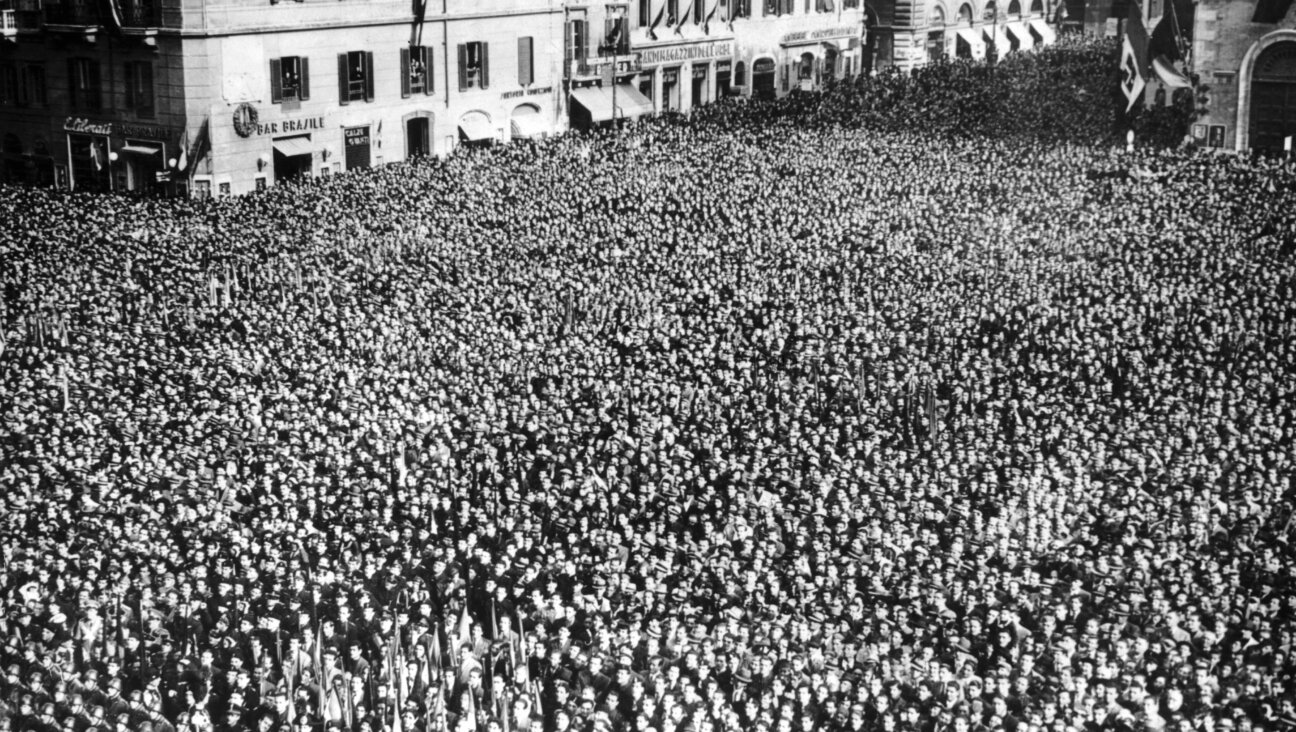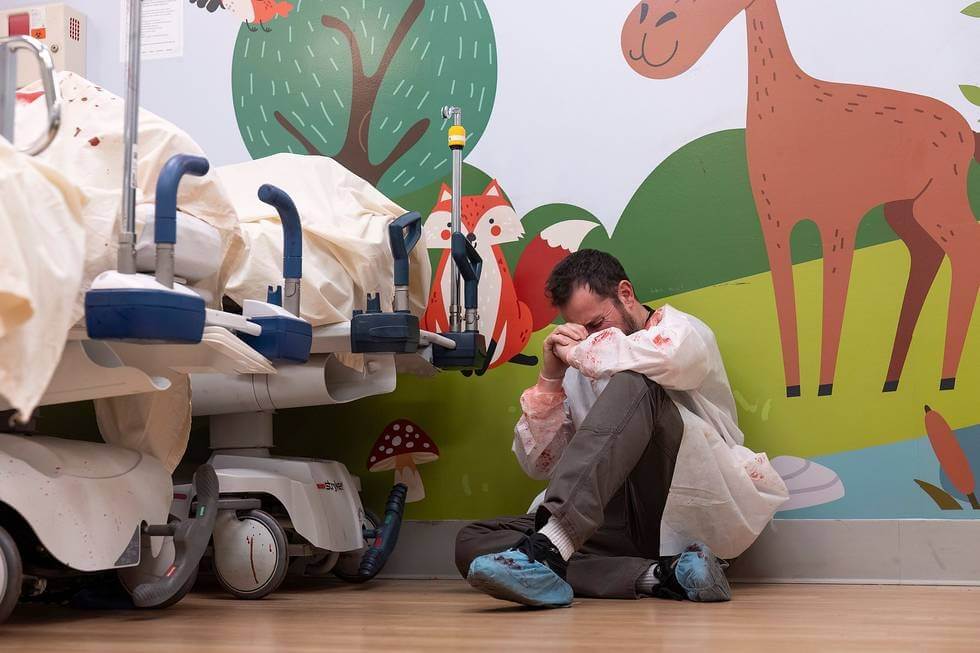A Star Historian Opens a New Chapter: Jewish Slaveowners
More than a decade ago, pioneering historian Natalie Zemon Davis was trudging through German archives, performing research for her book “Women on the Margins: Three Seventeenth-Century Lives.” Published in 1995 and universally praised, the book was seen as vintage Davis: scholarly, but not impenetrable; groundbreaking, but not immoderate.
Although she was researching the lives of three 17th-century Europeans, Davis found a curious connection between one of her characters, Maria Sibylla Merian, and a Jewish physician in South America. Fixed on the project at hand, Davis “tucked the [Jewish doctor]” in the back of her mind, but filed away Merian’s correspondence with the Sephardic doctor.
Twelve years and three books later, she is finally returning to this “interesting and troubling” character as she begins her next quest — to uncover the life of this Jewish physician and slave-owner in Suriname, a former Dutch colony in South America.
Davis made a name for herself in the early 1960s as a historian of the lower classes in 16th-century France. A former tenured professor at Princeton University who now lives in Toronto, she has since created an industry out of what has come to be known as “microhistory” — recreating the life of a long-dead figure in order to shine light on a broader historical phenomenon. And her new project will be no different: Not only will the book look into the life of a Jewish slave owner, but it will also focus on two other non-Jewish slaveowners in Suriname.
“I always wanted to come back to the wider question of Jewish-Christian perceptions of slavery,” Davis said in an interview with the Forward. She noted that the addition of a Jewish slaveowner in her book was intended to write back into history “the story the Nazis had written out” — that is, the mingling of Jews and Christians before Jewish emancipation in the late 18th century.
Davis, who was raised in a Jewish home but married a Quaker, told the Forward that she had a “special Jewish investment.” She said that what she wanted to know was, “What was [the Jews’] take on slavery?”
Now, thanks to the rich archives of letters, manuscripts and notes kept by David Isaac Cohen Nassy, Davis’s new character, and by his descendants, Davis has an unusually solid foundation from which to answer this question. At this point, she has only preliminary conclusions, and the book, tentatively titled “Braided Histories,” will not be out for at least two more years. But the fact that such a noted historian is writing on a little-known corner of Jewish history will almost certainly create a stir.
“Just the fact that Natalie Zemon Davis is interested in [Suriname’s Jews] brings a lot of attention to it,” said Rachel Frankel, an architect who is the co-author with Aviva Ben-Ur of a forthcoming book about Jewish architecture in Suriname. Frankel said she was particularly impressed by the 77-year-old historian’s recent decision to traverse up and down the Suriname River in search of her story. “Where she’s been, most historians will not go,” Frankel said.
Indeed Nassy was not an anomaly. Of the hundreds of Portuguese and Dutch settlers who traveled to the small plot of land just north of Brazil, almost a third were Jewish. And almost all had slaves. Suriname provided a choice example to exhibit this intermixing — if not for the abundant paper trail that Nassy left behind, then for the sheer exoticism of the place.
Suriname, now an independent state, was established as a Dutch colony in the 17th century after the Portuguese had pushed the Dutch out of Brazil. Sephardic Jews from Portugal had lived on the land and were some of the colony’s first owners of slave-run sugar plantations. By the early 18th century, when Nassy lived, the Dutch and Portuguese were joined by a group of new immigrants: Germans and British. Jews were also granted autonomy and maintained their own legal system and militia, whose largest task involved capturing runaway slaves called maroons.
Another wrinkle that has proved of interest to scholars is the fact that Jewish settlers often converted their slaves to Judaism — raising another issue that Davis hopes to tackle in her book: How were black Jews treated by their white Jewish owners?
“A slave could not be part of a minyan,” Davis said. “They couldn’t become full Jews until they were free.”
But Davis underscored the preliminary nature of these assertions. “More research has to be done,” she said. Still, she’s gone far enough to start talking about some of what she’s found. On September 12, in Manhattan, she will be giving a talk about Nassy at the Bard Graduate Center.
Eric Herschthal is a recent graduate from Princeton University and a writer living in New York.
















